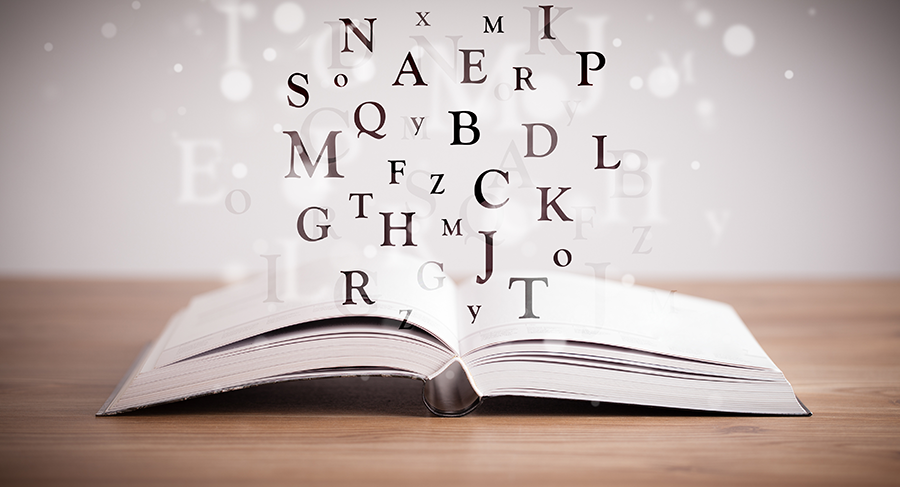
Writing nonfiction requires a separate set of skills compared to writing fiction. Because non-fiction is based on fact, real events or people, and objective information, the writing often includes outside sources—comments or insight from experts to support the book’s content. In these cases, authors must conduct due diligence to be sure sources are properly cited. In this article, we’ll define and discuss annotations, citations and quotations from a broad perspective, including how and when to use them, different citation styles, and responsibilities of authors.
Understanding Annotations, Citations, and Quotations
Before jumping into a non-fiction document, it’s important to define each of these terms. While similar, they each serve their own purpose and must be implemented correctly in order for non-fiction work to be ethically and legally sound.
- Annotations are brief notes following the source on an annotated bibliography, in which the writer summarizes the source in a few short sentences. In a broader sense, the term “annotation” can refer to any sort of summary of a text.
- Citations identify to the reader the original source of material presented in a book. These can be in-text citations, where the source is placed in parentheses, or listed as footnotes on each page.
- Quotations are when writers use the exact wording from a source. Direct quotes require the use of quotation marks, while indirect quotes (or paraphrasing) do not.
When to Use Annotations, Citations and Quotations
Citations are a formal way of giving credit where credit is due. If you are using any amount of someone else’s work, that person must be credited as an original source. Best practice for nonfiction writers is to err on the side of safety when it comes to citations—you don’t want to find yourself in hot water because you didn’t correctly cite information.
Use annotations when it may be helpful for readers to understand the source material better. A short paragraph describing the source lets readers decide if they want to pursue that text for additional research.
When it comes to quotations, it’s a good idea to include quotes that will support, validate, or help justify your book’s content. When source quotes come from a reliable and credible place, they can be highly effective. Ask yourself what the reader will get from the quote? Does the quote bring value to the book? Don’t include quotes that feel like “fluff” or just because you think it will elevate your story.
How to Format Citations
If and when you do decide to include quotations in your book, be sure to follow proper citation styles, which includes the way the information is ordered, as well as punctuation. The three most common citation styles are:
- APA (American Psychological Association): used by Education, Psychology, and Sciences
- MLA (Modern Language Association): used by the Humanities
- Chicago/Turabian*: used by Business, History, and the Fine Arts
APA style follows the author/date method of in-text citation. For instance, at the end of the cited sentence, you would write (Smith, 2014). In addition, each of the sources should be listed in the references at the end of the book. The format for the reference list follows this order:
Authors’ Last name, First Initial. (Year). Book title: Subtitle. (Edition) [if other than the 1st]. Publisher.
MLA style follows the author/page number method of in-text citation. For instance, at the end of the cited sentence, you would write (Smith 392). A works cited will follow at the end of the book, which follows the format:
Last Name, First Name. Title of Book. Edition. Place of publication: Publisher, Year of publication. Medium of publication.
Chicago Manual of Style (CMOS) gives writers two citation methods: author/date or notes/bibliography (NB). Author/date is very similar to APA style. NB, on the other hand, uses numbered footnotes containing short citations at the bottom of the page, which then connect to a longer citation on the bibliography page at the end of the work.
(*Turabian is the student version of CMOS)
A fantastic resource for all things citation is the Purdue Owl Online Writing Lab, which houses extensive information on every style, along with examples and even generators.
Understanding Rights and Responsibilities
Copyright is a type of intellectual property that protects authors of original works. This can include everything from books to music, poetry and other artistic works. When writers are using copyrighted information within their own book, they need to cite the source. In many cases, it is considered best practice to seek permission to quote or excerpt someone else’s work. The only instance when this is not required is for work that is in the public domain (that is, creative materials not protected by intellectual property laws).
Another instance when permission is not needed is when your work falls under “Fair Use.” Fair use allows writers to use copyrighted work of others without paying a fee. Though a bit gray to define, determining fair use usually comes down to the following criteria:
- The purpose and character of the use
- The nature of the copyrighted work
- The amount and substantiality of the portion used
- The effect the copying has on the market value of the original
Quoting the Bible
The Bible, like any other book, must be cited when using direct mentions of scripture passages. The format follows something like this:
1 Cor. 13:4, 15:12-19.
Books of the Bible are abbreviated. Additionally, you should include the version of the Bible you’re citing—for instance, Revised Standard Version, King James Version, etc.
The Takeaway
At the end of the day, the most important thing for writers to remember is to always give credit to original sources. Citing outside material within your book is never a bad thing—in fact, it can bring great value. However, you must make sure you’re doing it properly. When in doubt, do some research to make sure your citations are strong, or have a professional take a look in order to protect yourself from any unintended infringement.
